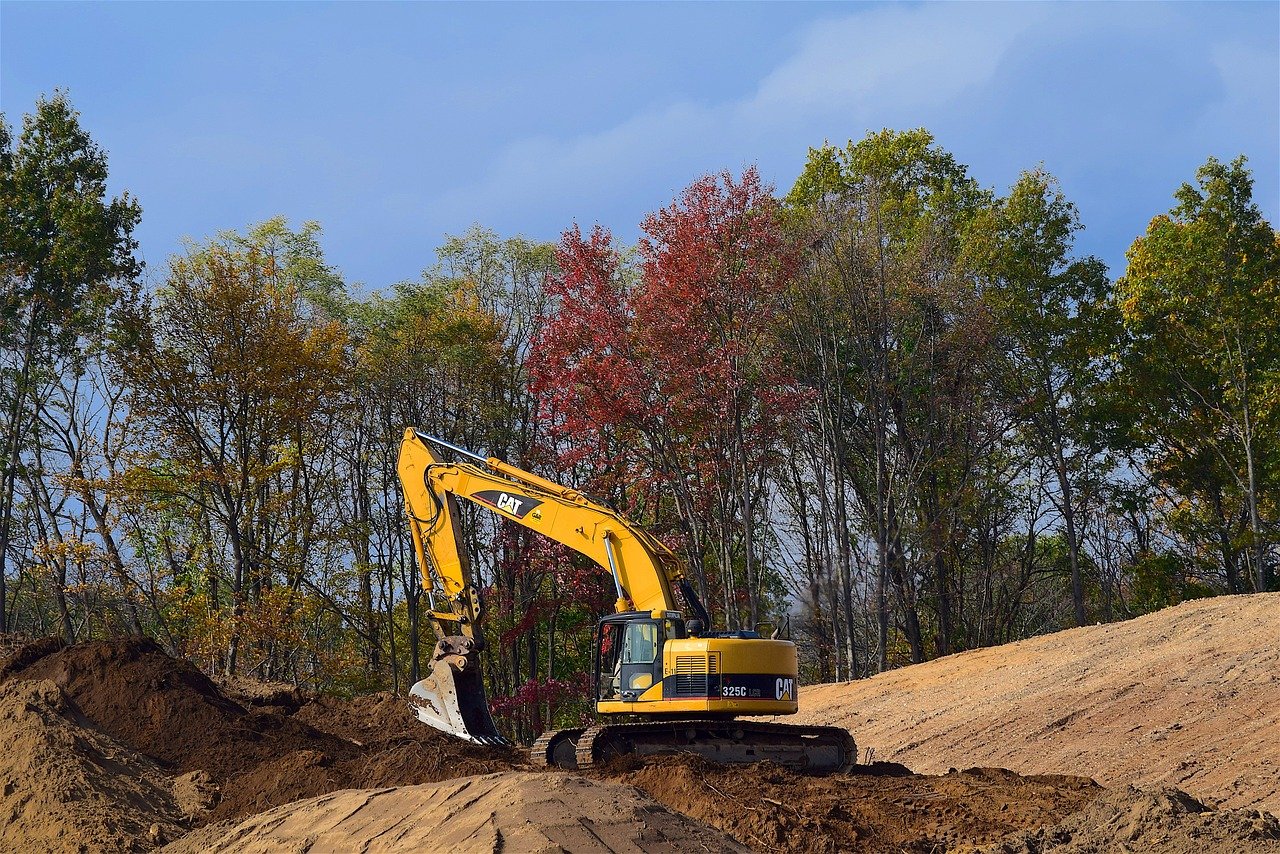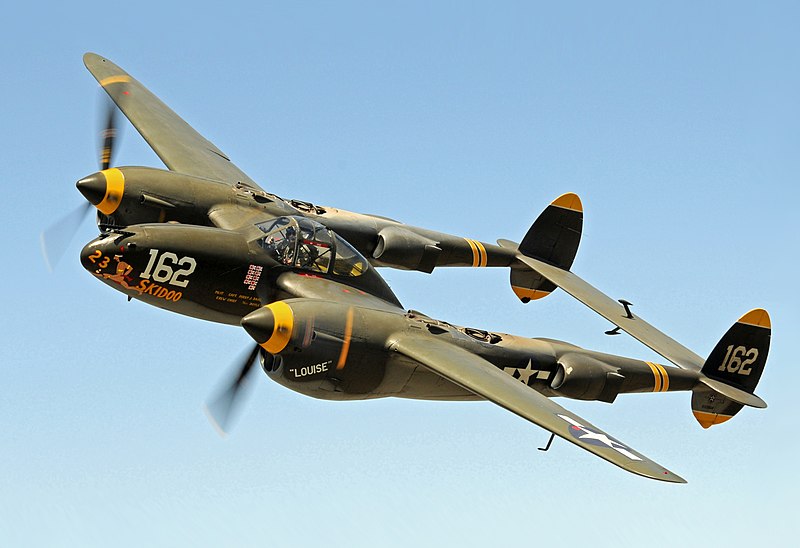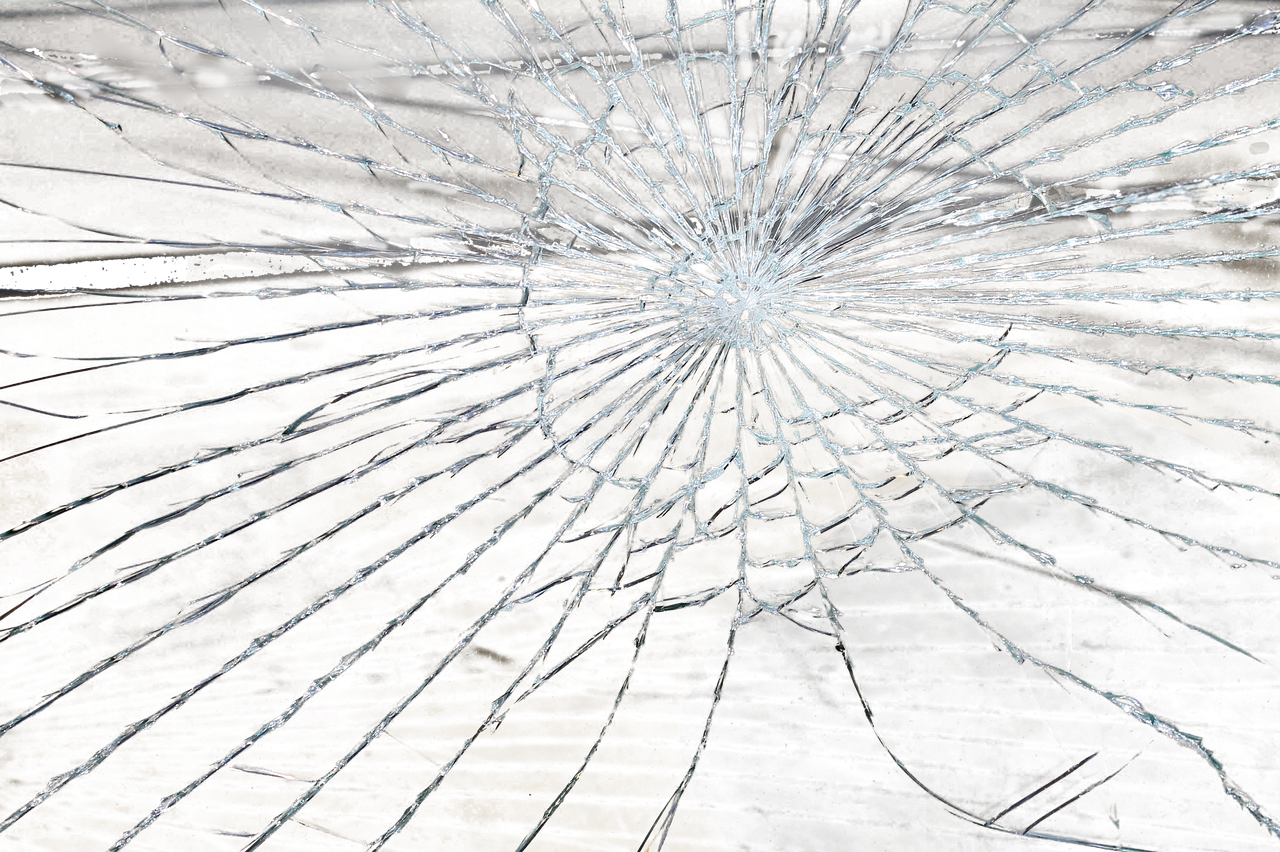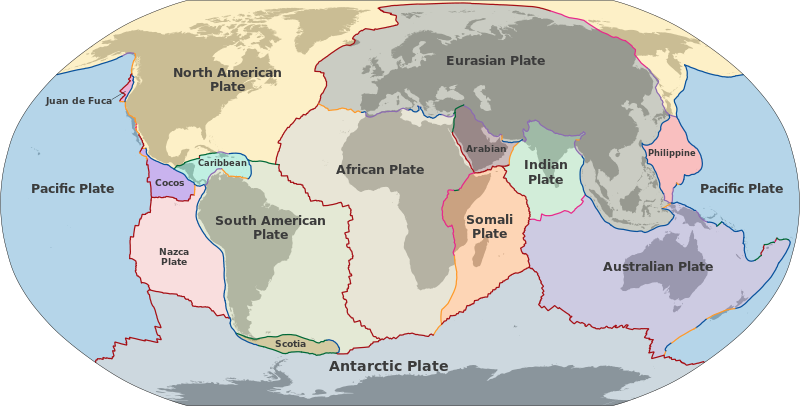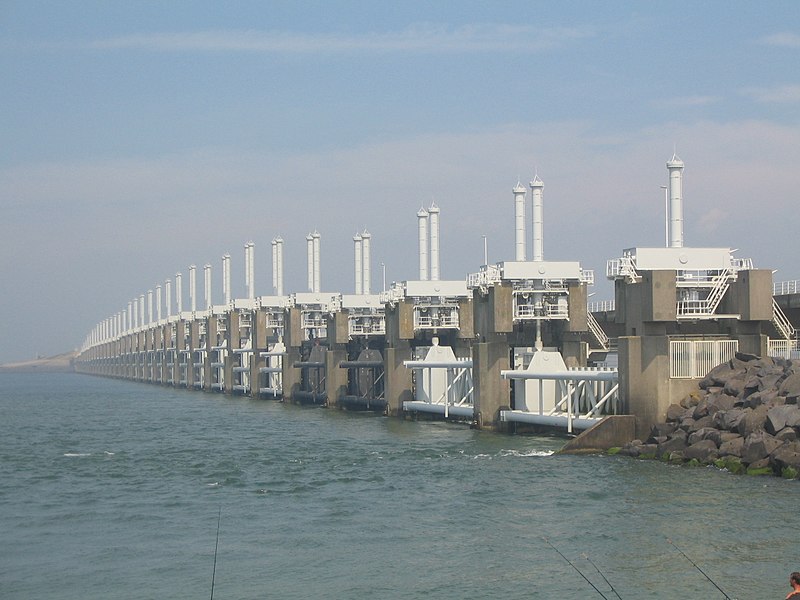First Tests Expected by 2027
IndustryTap touched on fusion-powered aircraft in “The Birth of Atomic Powered Aircraft,” including the Convair NB-36H created by the US National Test Aircraft (NTA) program from the 1950s and its eventual mothballing as resources were reshuffled to help the US compete with the Soviets in the space race. The furthest NTA got was to launch a plane with a nuclear reactor to test whether or not the pilot’s compartment was safely shielded from the fuel behind it.
Now, as humans create new technologies while contending with global climate change, a typical modern jetliner spews tons of pollutants into the atmosphere as it burns up over 50,000 gallons of fuel on a long-haul flight of 10 hours.
Thermonuclear Explosion Powered Aircraft
Last week, the US Patent and Trademark Office issued a patent to Boeing Corporation for a new type of airplane engine that uses lasers to break down nuclear fuel such as deuterium and tritium, creating small nuclear fusion reactions. The plane is propelled forward as helium and hydrogen are emitted from the engine. These reactions would also cause the emission of uranium U238, plutonium and other byproducts.
While nuclear-powered spacecraft are not new, as evidenced by the British Inner Planetary Society (BIS)’s 1970s project Daedalus, its quest to design an interstellar nuclear-powered spacecraft, and the recent Solar Impulse which uses the sun’s energy, Boeing’s attempt is grounded in the most recent technological advances. Word is the company hopes to make a nuclear jet engine a reality by 2027.


